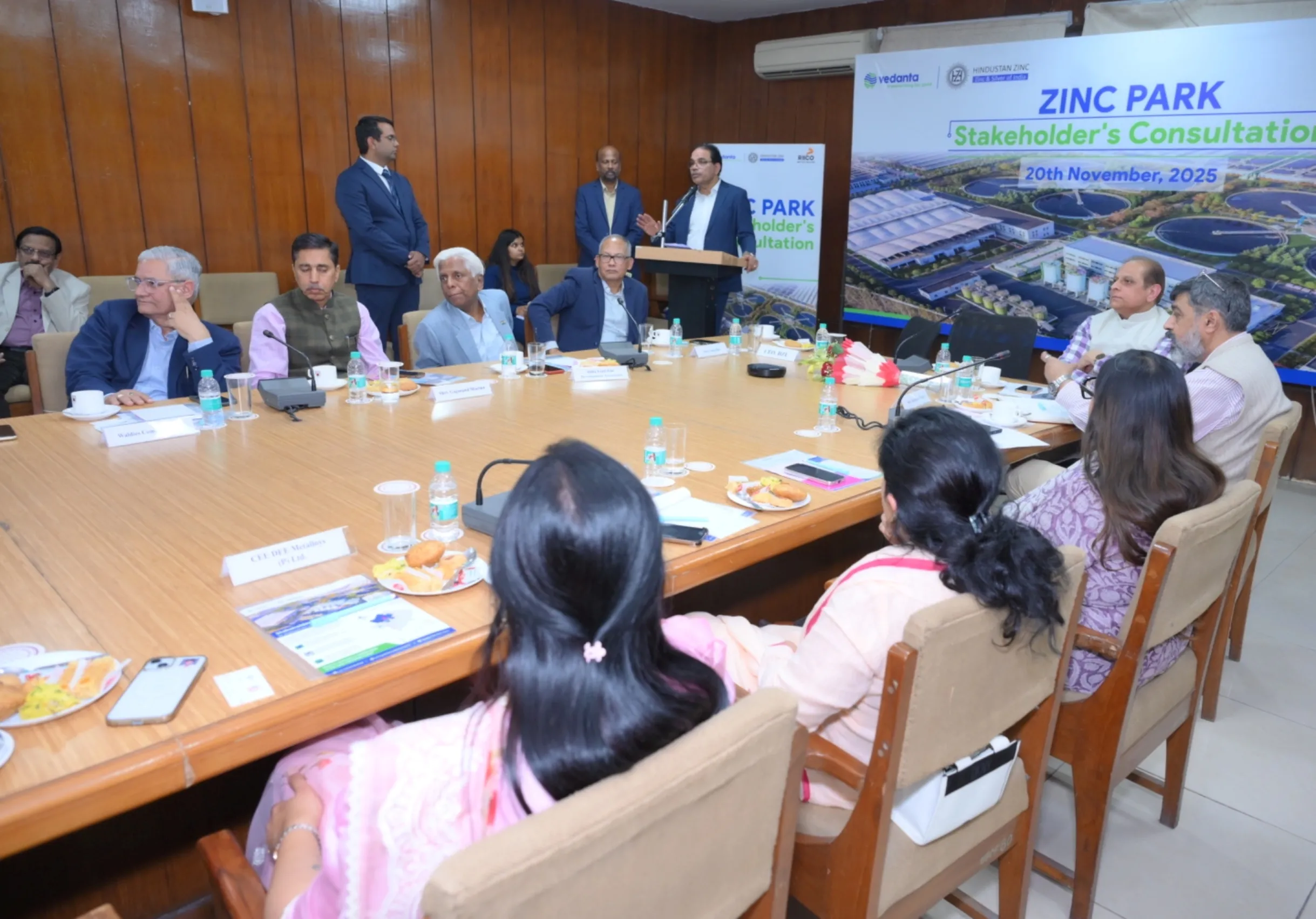
Hindustan Zinc, RIICO Advance Plans for Proposed Zinc Park
Hindustan Zinc, in collaboration with the Rajasthan State Industrial Development & Investment Corporation (RIICO), held a stakeholder consultation workshop in Jaipur to advance the proposed Zinc Park, the world’s first dedicated industrial ecosystem for zinc, lead, silver, and allied metals. The initiative aims to position Rajasthan as a global hub for metals innovation and manufacturing. The workshop brought together policymakers, industrial leaders, MSMEs, technology partners, and prospective investors to refine the park’s infrastructure blueprint, policy framework, and sectoral..

ANAROCK Unveils AI Platform to Transform Housing Sales
ANAROCK has recently launched ANAROCK.AI, an advanced residential sales platform integrating generative and predictive AI to accelerate property transactions and strengthen customer engagement. Built on eight years of proprietary data covering seven million enquiries and 90,000 unit sales, the platform uses machine learning to identify high-intent buyers, revive dormant leads, and enhance channel partner performance. The suite comprises nine tools across three segments—Genie Suite for 24/7 conversational engagement; Astra Suite for predictive lead scoring, sales revival and team optimisatio..

Tsuyo, Karnataka Ink LOI for EV Powertrain Facility
Tsuyo Manufacturing has recently signed a Letter of Intent with the Government of Karnataka to set up an advanced EV powertrain manufacturing facility and a dedicated testing track for commercial vehicles. The agreement was formalised at the Bengaluru Tech Summit 2025 in the presence of senior state officials and company leadership. The proposed plant will produce a wide range of powertrain solutions, including electric motors across multiple topologies, e-drives, e-axles, automatic transmissions, integrated systems, and complete powertrain assemblies for heavy commercial EVs. It will also fe..
















